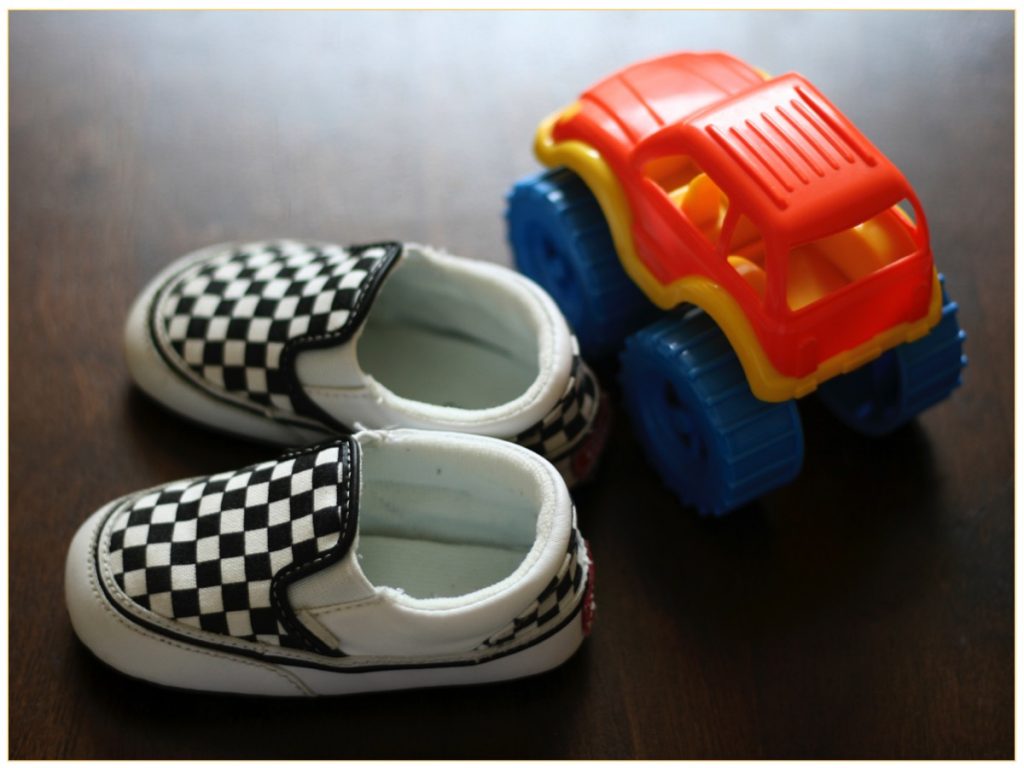
Monolinguals and bilinguals also use different strategies for learning words. Around 18 months of age, toddlers are quick to learn words. When monolingual children are first learning words they assume that an object can only have one name. Think about a monolingual child who knows the word “shoe.” An adult playfully asks him to “find the truck!” He assumes objects can only have one name. He already knows what a shoe is, and he learns the name of this new toy through a process of elimination. Bilingual children are quick to learn that the same object can have more than one name. For example, “shoe” is also “zapato” in Spanish. Assuming an object only has one name is not a useful strategy for bilinguals.
Learning two languages enhances children’s awareness of the different properties and structures of language. This linguistic awareness also makes learning a third language much easier.
-
- Bilingual
- a person who knows and uses two languages
- Code mixing
- mixing words from different languages in the same sentence or situation
- Cognitive flexibility
- the ability to quickly switch between different concepts or rules
- Dominant language
- is the language a bilingual is most skilled at understanding and/or speaking
- Executive function
- a set of mental abilities that help us plan, focus attention, problem solve, and switch between tasks
- Language transfer
- applying the knowledge from one language to another language
- Monolingual
- a person who knows and uses a single language
- Simultaneous bilingualism
- a person learns two or more languages from birth
- Sequential bilingualism
- a person first learns one language then learns one or more languages later